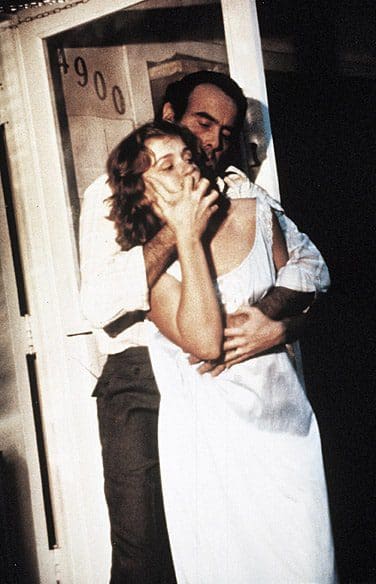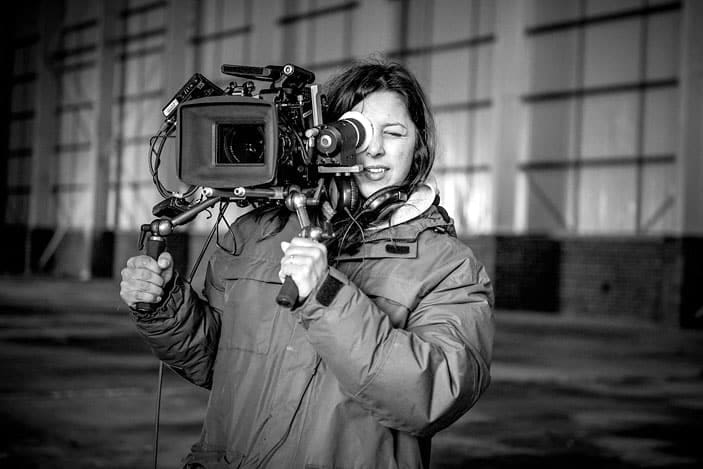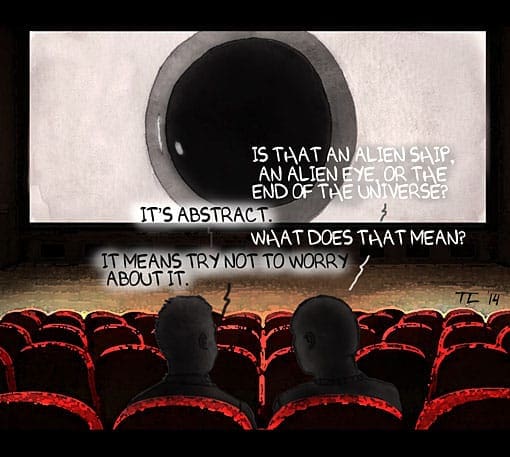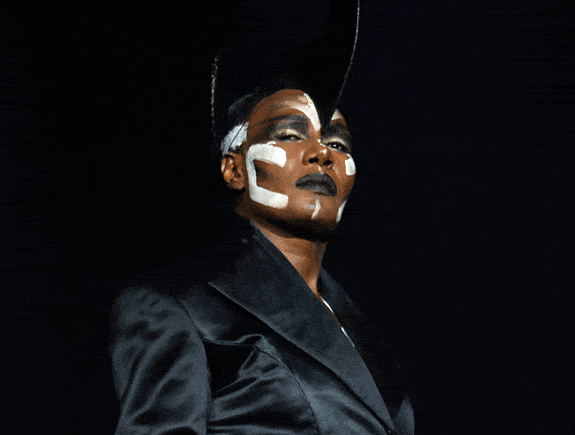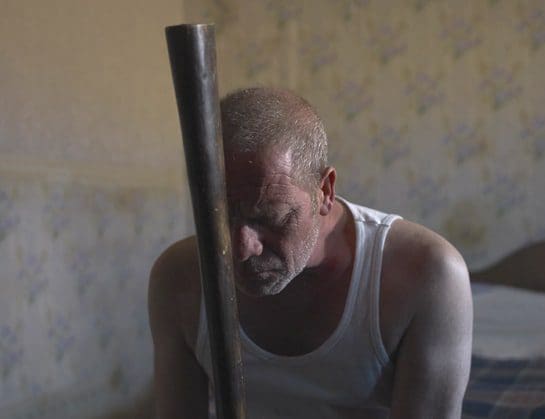words Al Woods
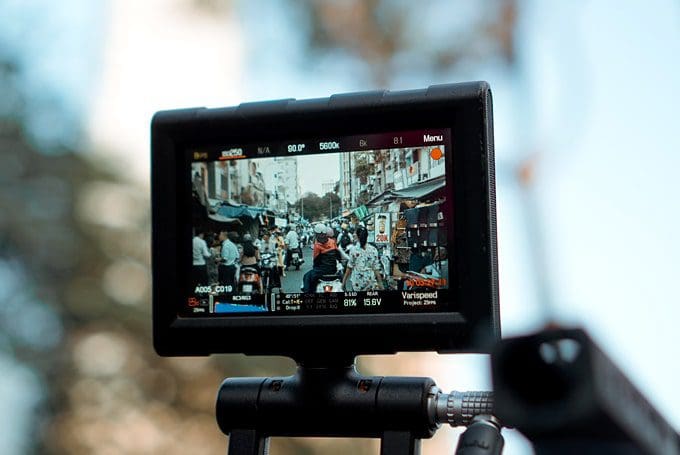
Are you looking for professional videographer tips? Want to know how to make a video shoot go more smoothly? Want to record better smartphone video? Look no further.
Here, you’ll learn about a few of the most important tricks that professional videographers use when creating videos. Whether you are making a short film for personal purposes or trying to get your commercial production off the ground, these video tips will help you from the start to the end.
Characteristics of a Professional Video
First, let’s figure out what distinguishes a professional video from an amateur one. Spoiler alert: it’s not the equipment. You can shoot videos on your phone, and they still will look like a high-end marketing product.
Good Lighting
Lighting is one of the most important features that professional videographers use. Without good lighting, your image will come out a lot dim. The light for video should be controlled and directed in such a way that it hits the subject directly but also highlights the important parts of the image. Good lighting also makes it easier to see the movement on the screen, which will increase your viewers’ enjoyment. This is why investing in a sound stage los angeles offers an advantage. When shooting indoors on a sound stage, lighting is much easier to control and adjust than in traditional spaces. This offers versatility and flexibility to filmmakers who can move and shape sources of light to obtain the look they desire with ease.
Pro tips:
- Be aware of where your main light source is.
- Don’t rely on backlighting – it leaves weird shadows on faces.
- Combine several sources of light to get the best results.
Clean Background
Professional videographers also know what background is right for their image. For example, if you are filming people dressed in white, the image will be dull unless the background is colored or has contrast. You may have to go over dozens of video backdrop ideas before you find the one that fits your style and idea.
Pro tip:
- Use real picturesque backgrounds when shooting outdoors.
- A fake backdrop may come out cheaper than renting a studio. Consider purchasing a green screen and you can set any background you want.

Clear Audio
Sound is very important when making a video. Good videographers know how to position the camera so that the background and other elements in the shot are not distracting, and the videographer can control the volume of the sounds they use. Using microphones on the set or recording the voice-over afterward can give you clear sound without background noises.
Pro tip:
- Use one phone to record your speech and shoot video with another phone. Sync the streams afterward.
Great Camera Presence
People behave differently in front of the camera. And in a professional video, having a confident and experienced presenter is a must. In most cases, they draw the audience in and make them want to stay. Plus, a person with great camera presence usually needs fewer takes to get done with the video shoot.
Pro tips:
- Memorize your speech and practice it in front of a mirror.
- Record a sample video to see how you act in front of a camera. Analyze your mistakes and improve on them.
Engaging Story
It is important to keep in mind that everyone in the audience has a different experience. For this reason, professional videographers have to make sure they tell a story in such a way that their target audience can understand it. Storytelling gets better with practice, so the more you learn about your viewers, the easier it will be to create a relatable video clip.
Pro tip:
- Get to know your potential audience demographics, interests, and preferences before you dive into video making.
Videography Basics
Now that you know the requirements for a professional video, it’s time to learn how to get closer to perfection. And it all starts with some of the videography basics: composition rules, quality footage, and skillful editing.
Say No to Shaking
Unless it’s the footage of an earthquake, make sure your video is steady. There are several ways to avoid jitter in your clips:
- shoot with two hands and make sure your elbows are pressed to the chest;
- use a stabilizer rig or a tripod;
- get rid of shakiness in a video editor.
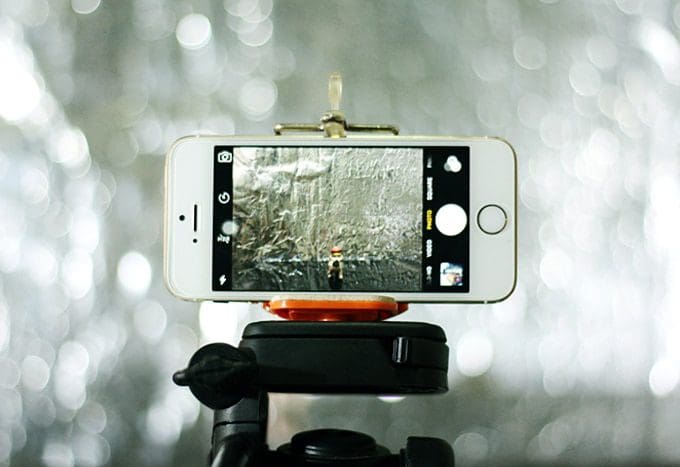
Apply the Rule of Thirds
The rule of thirds is the basic compositional guideline in photography and videography. It helps put objects in the shot more harmonically and cohesively. You need to visually separate the frame into nine parts by drawing two horizontal and two vertical lines. If your camera has the grid mode, turn it on, and it will apply the lines automatically. The idea behind this rule is to put the most important objects at the intersection points.
Don’t Give In to the Vertical Trend
Despite the popularity of TikTok videos and Instagram stories, landscape mode is what professionals still prefer. It allows to add perspective to the shot and fill the space more organically. Vertical videos look good only on smartphone screens, while the landscape mode gives them the advantage of being watched on any device. With smart TVs that support YouTube and other video hosting services, horizontal videos are the winning strategy.
Shoot from Different Angles
Multiple angles can make your video more visually attractive. They add dynamics and more dimensions so that your how-to guide or product demo looks more advanced. Note that you need to change angles by at least 45 degrees for viewers to notice the difference. You can also use multiple cameras to create the intended effect.
Film in Short Takes
You’ll appreciate shooting in small segments both during the filming and editing stages.
- Shorter fragments are easier to memorize and reshoot if something goes wrong.
- You can apply angle shift more organically after each part.
- When you edit your footage, it will be easier to cut, trim, and join the clips.
Edit with Taste
When it comes to professional-looking videos, they do not necessarily have to be created with advanced software. With a good video clip editor, you can make a decent video that will look elegant and professional. There is one thing you need to keep in mind, though. Keep effects, transitions, and filters down to a minimum. Most videographers use simple things like the hard cut effect to join clips and lookup tables to alter the color scheme.
Must-Have Video Accessories
You may not need a professional camera to get HD or 4K video. However, you’ll need a bunch of video accessories to shoot higher-quality video on your phone. This equipment will help you avoid jitter, get better sound, and more.
Stabilizer
A handheld gimbal is one of the ways to avoid camera shake. It is a mechanical three-axis (or two-axis) stabilizer that helps keep the camera steady. Gimbals are used to prevent unintentional camera movement, as they can detect when you move your phone on purpose or not. They can help you get quality footage whether you zoom in on the object, tilt the camera, or go for panoramic shots. They are usually not heavy, considering their pocket size, and work on batteries, which makes them affordable and accessible any time.
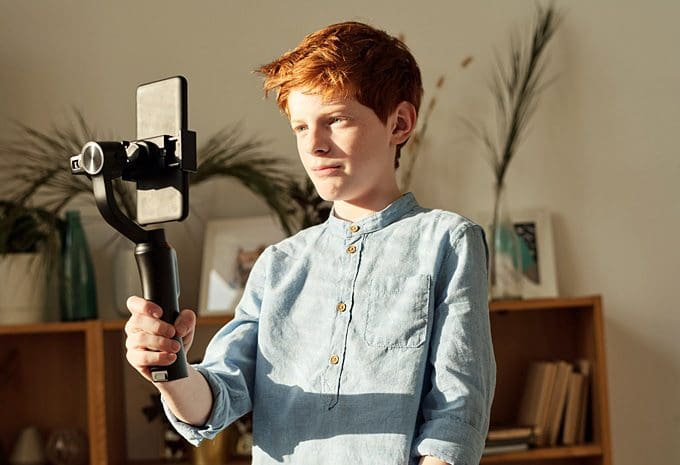
Tripod
A tripod is another way to add steadiness to your videos. They differ in size, so you can choose the one that fits your needs. A small tripod can be placed on a table and used for close-ups. If you opt for a bigger model, it will allow you to shoot medium close-ups and even long shots. The simplest and cheapest tripods can support only your phone, but there are other models that also have holders for flashlights and external microphones.
Selfie Stick
Selfie sticks work great for shooting on the go. Take note, though: they may not be as steady as gimbals. Recording yourself using a selfie stick adds personality to your footage, especially to travel vlogs. Choose one with a wrist strap, adjustable head, and Bluetooth shutter control. The best models can convert into a tripod, but their price is obviously higher. You can even find a model that is waterproof or has software that removes the stick from the shot automatically.
Lens Attachments
A good lens can really step up your videography game. Some lenses are sold separately, but you can always find a set of the ones you need. The most popular choices include wide-angle, macro, fisheye, telephoto, and anamorphic lenses. Make sure the camera attachment you choose is compatible with your phone. Some lenses, however, are tricky and require a compatible phone case as well.
Ring Light
A ring light is a lifesaver when you lack lighting on the set. It’s also called selfie light, as it’s widely used by beauty bloggers who need bright light on their faces when applying make-up. It can either be a clip-on thing or a standalone tripod where you can attach your phone and other accessories. The best option is dimming light that you can adjust depending on the surroundings.
Microphone Kit
Last but not least, you need to have top-notch sound in your video. Sometimes an internal mic is not enough, but a simple external microphone kit will do the job. You can choose one that attaches to your phone, or you can pick a professional moment that you need to put on your clothes. The second option can be tricky, as you need to make sure it doesn’t touch your hair or outfit to create unwanted noises.
Final Thoughts
As you can see, many of the videographer tips are about knowing how to work within the limitations of their equipment and knowing how to produce high-quality videos. The more you practice, the better you will get, and you will become a better videographer. Keep in mind that this is not an easy profession to get into. It is not just about going out and shooting videos. It is about how you can make your business a success.




